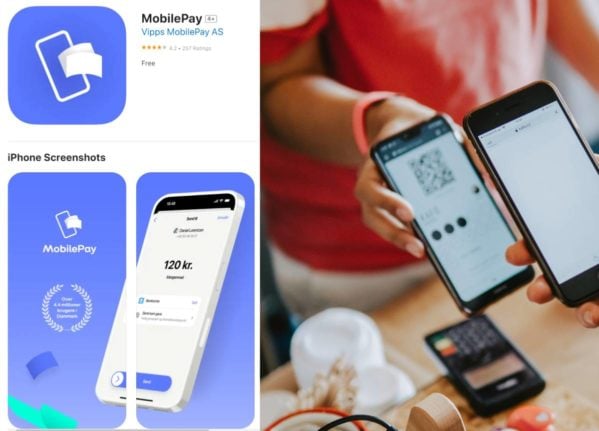Moving can be a stressful process, making sure you have enough boxes, deciding what to take with you and what to get rid of and wondering whether or not your furniture will be a good fit in the new place.
Therefore, it can be easy to overlook other important details, such as registering your change of address.
When you move homes in Norway, you are legally required to notify the authorities of an address change either within 31 days of moving, or eight days after taking over the new place.
This ensures that the address you are listed under in the national population register is correct.
You will also need to register the move with the national postal service Posten Norge, too.
What happens if you forget to register a move?
Under the old population register laws, you could be punished with a fine for not reporting the move.
However, it isn’t clear whether this is still the case following the introduction of the new Population Register Act.
Still, if the Norwegian Tax Authority suspects that somebody has an incorrect address in the population register, they can request the person in question to appear at the nearest tax office to give a more detailed explanation of the matter.
How do you report an address change?
To update your address in the National Population Register, you will need to head to the website of the Norwegian Tax Administration (Skatteetaten).
Once there, you will head to application portal to register an address change.
You will need either a D-number or national identity number and an electronic ID, such as Commfides or BankID. MinID is also accepted.
Once logged in, you’ll have the option to change your address and contact information that appears in the national registry.
There is also the option to change your address abroad too. In most cases, this change will then happen automatically.
You can also register to change the address in the national population register via a paper form. You’ll need to download it and submit it and a copy of an ID card that includes your date of birth, name, signature and photograph. You shouldn’t send a copy of a bank card that doubles up as a form of ID.
The process for updating your address with the postal service is similar. You will need to head to Posten Norge’s website. You will then have the option to change your address online, which can only be done in Norwegian or download a form.



 Please whitelist us to continue reading.
Please whitelist us to continue reading.
Member comments